The concrete pumping boom structure classification, which takes up the smallest space? Which expands the fastest?
The boom is one of the most important structural parts of concrete pumping. It is mainly composed of the basic structural parts such as the boom, the cylinder, and the connecting mechanism. At the same time, the pump tube used to transport concrete is also installed on the pump tube support frame of the boom.
On the whole, the requirements for the boom have the following points: the lighter the weight, the better, the higher the strength, the better, and the simpler the structure, the better. Today we will talk about the structural classification of pump truck booms and see what are their respective advantages and disadvantages?
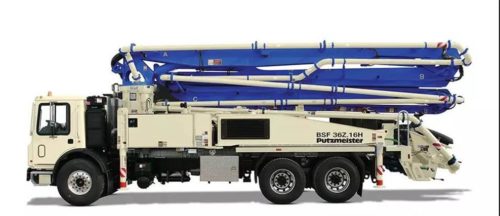
When the boom of the concrete pumping on working, it is directly driven by the boom cylinder. The expansion and folding of the boom is realized through the expansion and contraction of the oil rod of the boom cylinder. The boom cylinder is controlled by a hydraulic multi-way valve, and the multi-way valve is controlled by the joystick of the wireless remote control, which realizes the remote control of the boom.
According to the different ways of folding the boom, it is divided into the following structures: Z-type, R-type, and RZ hybrid boom.
Z boom
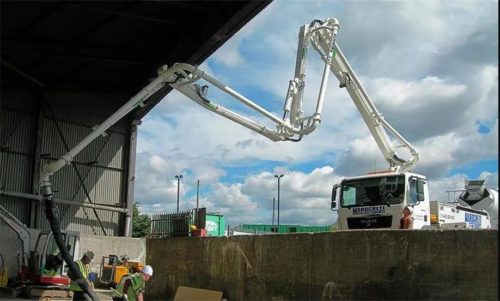
The picture above is a very typical four-section arm Z-type boom structure. Generally, the number of Z-type boom structures is less than or equal to 4 sections. Although this type of Z boom does not take up much width space, it will take up more height space. Therefore, it is only suitable for short boom concrete pumping. Its advantages are simple structure, small space occupied by the overall boom, and the fastest deployment speed.
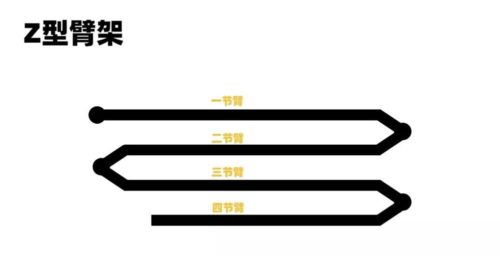
The first one of the Z-type boom is to open one arm, and then the other booms are deployed section by section. As long as one arm is unfolded in place, other booms can be linked and unfolded together. Therefore, the time required to deploy the boom is the shortest.
R type boom
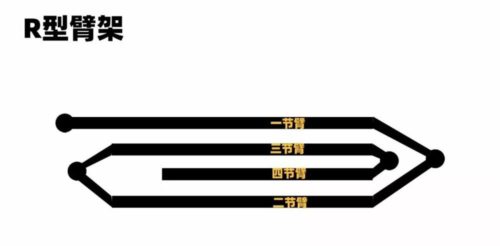
R-shaped boom, the folding method of the entire boom is designed in a “back” shape, and its structure is more compact than the Z-shaped boom above, and the height of the boom is lower. However, when the R-type boom is unfolded, one boom and one boom are needed to unfold. Therefore, the time required to deploy all booms is the longest. However, due to its compact structure, its stability will be better than the above Z-boom.
RZ type boom
 Judging from the name, the RZ boom combines the advantages and disadvantages of the Z and R boom structures. The boom near the boom uses an R shape, and the boom near the end hose uses a Z-shaped arm. Compared with the R type, the structure is more complicated.At present, the RZ boom is the most used boom structure because it can be well compatible with 5-section boom pump trucks. The Z-type and R-type can only be compatible with 4 arms at most. If the arms are more than 4 arms, these two structures will be relatively bloated, and it will be more troublesome to use. Therefore, generally, short-boom pump trucks will use Z-type or R-type, such as 33-meter, 37-meter, and 40-meter pump trucks. The RZ-type boom is suitable for long-boom pump trucks, and the RZ-type boom structure can be used for pump trucks with a maximum height of 60 meters or more.
Judging from the name, the RZ boom combines the advantages and disadvantages of the Z and R boom structures. The boom near the boom uses an R shape, and the boom near the end hose uses a Z-shaped arm. Compared with the R type, the structure is more complicated.At present, the RZ boom is the most used boom structure because it can be well compatible with 5-section boom pump trucks. The Z-type and R-type can only be compatible with 4 arms at most. If the arms are more than 4 arms, these two structures will be relatively bloated, and it will be more troublesome to use. Therefore, generally, short-boom pump trucks will use Z-type or R-type, such as 33-meter, 37-meter, and 40-meter pump trucks. The RZ-type boom is suitable for long-boom pump trucks, and the RZ-type boom structure can be used for pump trucks with a maximum height of 60 meters or more.
6-section arm structure
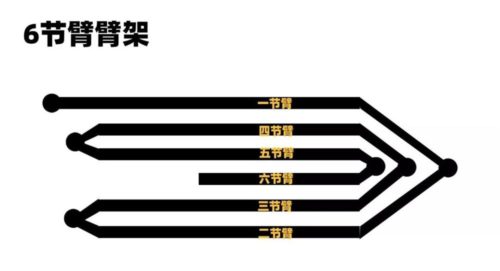
After the number of booms reaches 6 sections, there are more combinations of booms, such as the RRZ-type structure shown in the figure above. The 1, 2, and 3 section arms are of R type, the 3, 4, and 5 section arms are also of R type, and the 4, 5, and 6 section arms are of Z type.
In addition, we can also have a variety of combinations such as ZRZ, RZR, ZZR, ZRR, RRZ, etc. The greater the number of booms, the greater the range of movement after deployment, and the more flexible it is. Therefore, more and more pump trucks now use 6-section booms. This is also the trend of long-boom pump trucks in the future. There are various combinations of booms, and different structures can be adapted according to specific conditions.
In the future, the number of long-boom pump trucks will increase, and the number of boom sections will also increase. Compared with the boom, in addition to using better materials, the structure used by the boom is also the key to its overall performance. The specific type of boom structure to be adopted also needs to be decided according to different needs.

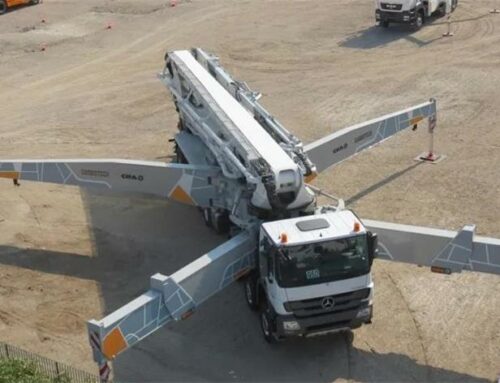
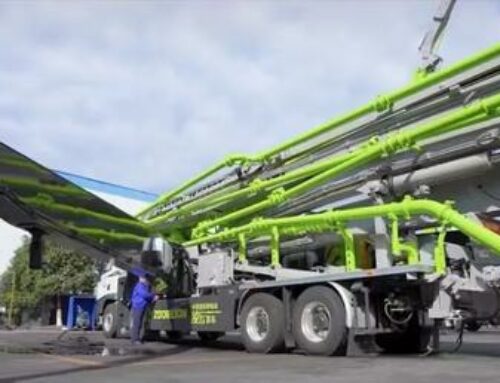
Leave A Comment